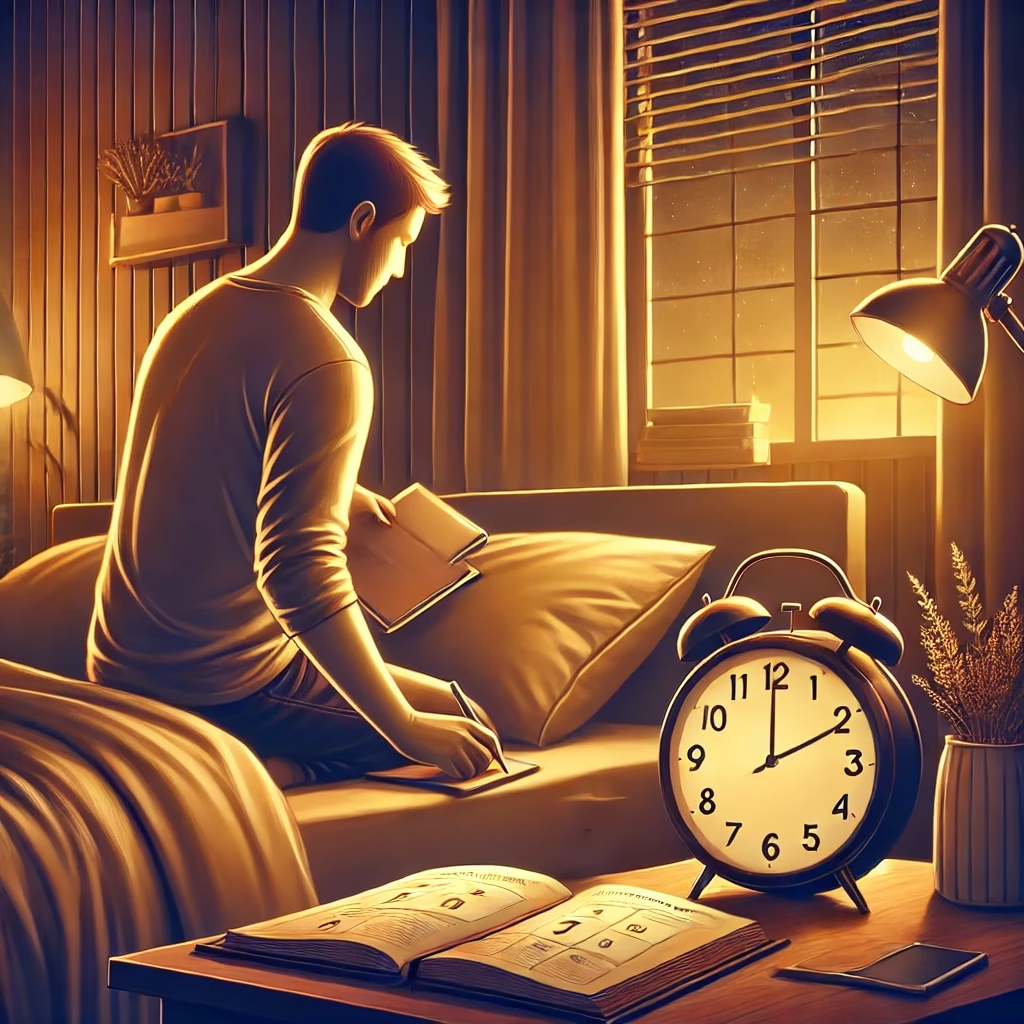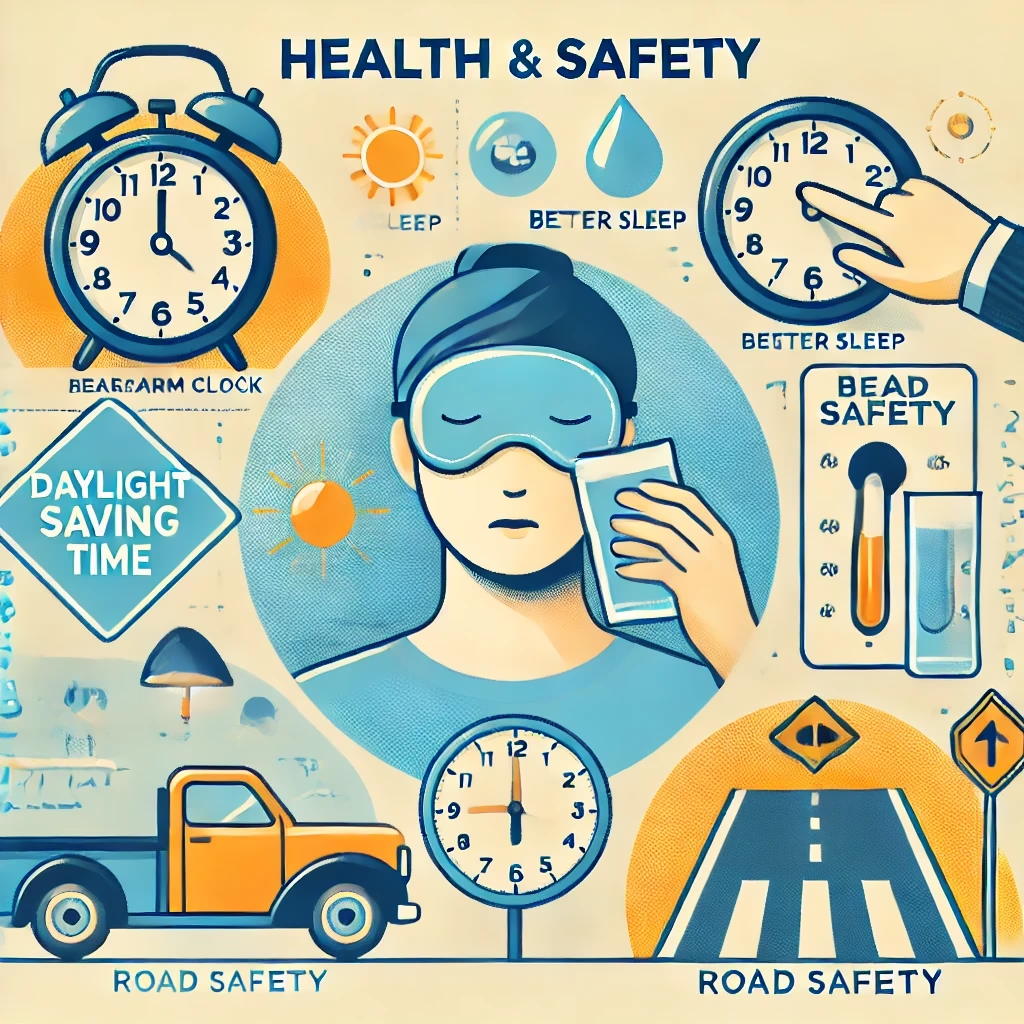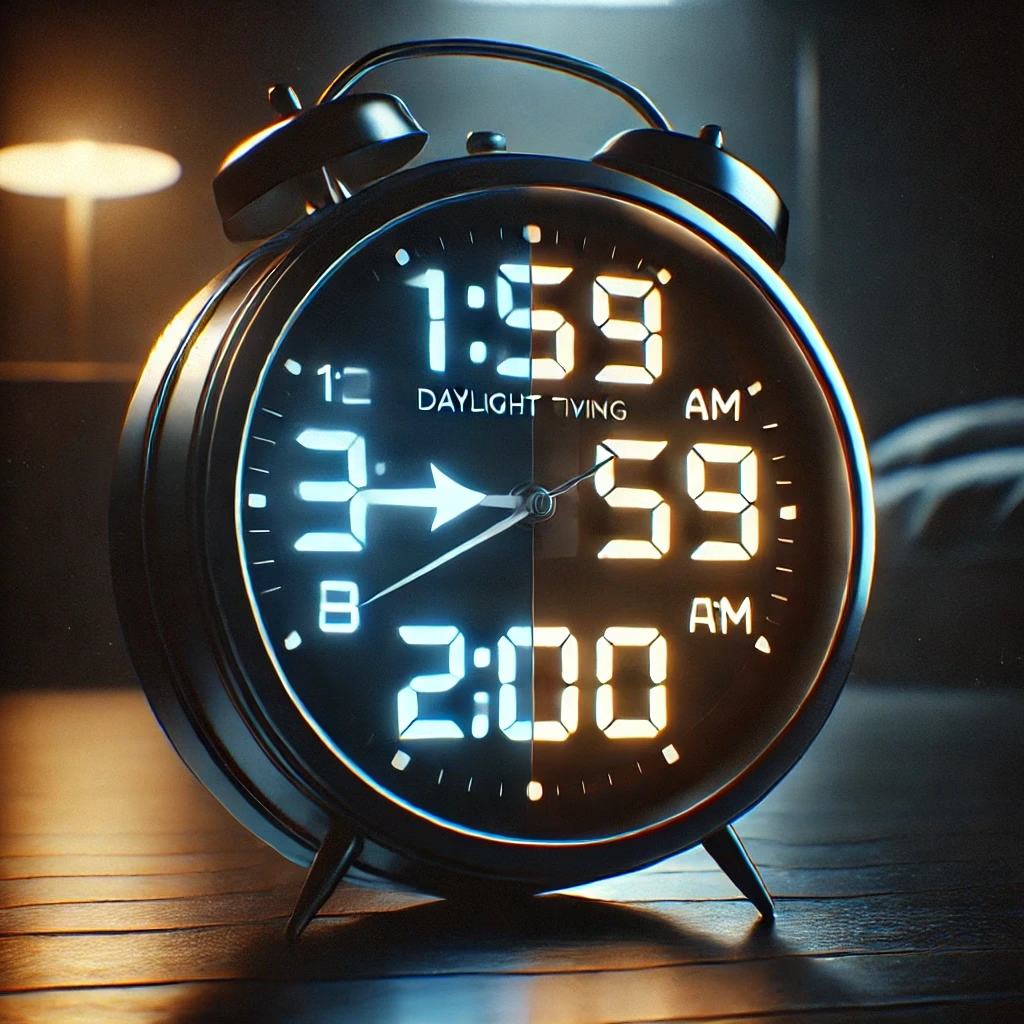Introduction to Daylight Saving Time 2025
As the world welcomes the arrival of spring, millions of people across the globe prepare for the annual ritual of setting their clocks forward by one hour. This tradition, known as Daylight Saving Time (DST), aims to make better use of natural daylight during the warmer months by shifting an hour of daylight from the morning to the evening. In 2025, this change occurs on Sunday, March 9, marking the beginning of a period that will last until November 2. Understanding Daylight Saving is essential for navigating the biannual clock adjustments that affect our daily routines and health.
Daylight Saving Time has been a part of many countries’ calendars for decades, with its implementation varying across different regions. The concept of Daylight Saving is simple: by moving the clock forward, people can enjoy more daylight in the evening, which is believed to promote outdoor activities and reduce energy consumption. However, the effectiveness and benefits of Daylight Saving Time are subjects of ongoing debate.

History of Daylight Saving Time
The concept of Daylight Saving Time was first introduced in Germany in 1916 as a wartime measure to conserve energy. The United States followed suit in 1918 but initially repealed it a year later. It wasn’t until World War II that Daylight Saving was reinstated, and it remained in place until the end of the war. The subsequent decades saw a chaotic mix of states and localities adopting or rejecting Daylight Saving at will.
To bring order to this chaos, Congress passed the Uniform Time Act in 1966, which standardized the start and end dates of Daylight Saving Time across the U.S., with exceptions for Hawaii and Arizona, which opted out of observing Daylight Saving Time. Despite these efforts, Daylight Saving Time remains a topic of debate, with some advocating for its abolition and others supporting its continuation.
Early Advocates and Misconceptions
Benjamin Franklin is often credited with suggesting the idea of Daylight Saving Time, but this is more of a myth than a historical fact. The real push for Daylight Saving came from its implementation during World War I as an energy-saving measure. Another misconception is that Daylight Saving Time was adopted to help farmers work longer hours in the fields. However, farmers generally oppose Daylight Time because it disrupts their schedules and does not necessarily provide them with more daylight during their working hours.
Benefits of Daylight Saving Time

Economic Benefits
One of the primary arguments in favor of Daylight Saving Time is its potential economic benefits. Studies have shown that the additional evening daylight encourages people to go out and engage in recreational activities, leading to increased spending at shops and restaurants. This boost in consumer activity is particularly beneficial for local economies and commerce groups, which often lobby against the elimination of Daylight Saving Time.
Moreover, the extra daylight is associated with a reduction in traffic accidents, which can lead to significant cost savings. For instance, it’s estimated that Daylight Saving Time helps save around $1.2 billion annually in the U.S. by reducing auto collisions. The economic benefits of Daylight Saving Time are also seen in the tourism industry, where longer evenings attract more visitors and enhance the overall travel experience.
Energy Savings
The original purpose of Daylight Saving Time was to conserve energy by making better use of natural daylight. While the effectiveness of Daylight Saving Time in achieving this goal is debated, some studies suggest that it can lead to modest energy savings, especially in regions with mild climates. The idea is that by using more daylight, people rely less on artificial lighting, which reduces electricity consumption.
However, the energy-saving benefits of Daylight Saving Time are not as clear-cut as they once seemed. Modern lifestyles, with increased use of air conditioning and electronic devices, may offset any potential energy savings from reduced lighting. Despite this, Daylight Saving Time remains a widely practiced tradition aimed at optimizing energy use.
Health and Safety

Proponents of Daylight Saving Time also argue that the additional evening daylight can improve safety by reducing crime rates and enhancing outdoor activities. The increased visibility in the evenings is believed to deter criminal activity, making neighborhoods safer. Moreover, Daylight Saving Time encourages people to engage in physical activities, which can improve overall health and well-being.
However, this benefit is not universally accepted, as some argue that the initial disruption caused by Daylight Saving Time can lead to adverse health effects. The time change can disrupt sleep patterns, leading to fatigue and decreased productivity in the short term.
Drawbacks of Daylight Saving Time
Health Impacts
One of the most significant drawbacks of Daylight Saving Time is its impact on health. The time change disrupts sleep patterns, leading to fatigue, decreased productivity, and a range of adverse health outcomes. Studies have shown that the risk of heart attacks, strokes, and traffic accidents increases in the days following the transition to Daylight Saving Time.
Moreover, the disruption to the body’s natural circadian rhythm can exacerbate mental health issues, such as depression and anxiety. The artificial extension of evening daylight delays the release of melatonin, making it harder for people to fall asleep at a biologically appropriate time. This can lead to chronic sleep deprivation, which affects mood, cognitive function, and overall well-being.
Economic and Social Disruptions
While Daylight Saving Time may boost consumer spending, it also causes disruptions in various sectors, including transportation and healthcare. The time change can lead to confusion and inefficiencies, particularly for those working across time zones or in industries with rigid schedules.
For example, airlines and rail services must adjust their schedules to accommodate the time change, which can lead to logistical challenges and potential delays. Similarly, healthcare providers may face increased demands due to the health impacts of Daylight Saving Time, such as increased heart attack rates and other acute conditions.
Criticisms and Alternatives
Critics of Daylight Saving Time argue that its benefits are not as clear-cut as they once seemed. Some propose adopting permanent standard time to align better with the body’s natural rhythms and reduce seasonal disruptions. Others suggest that the energy-saving benefits of Daylight Saving Time are minimal and do not outweigh the negative impacts on health and productivity.
Alternatives to Daylight Saving Time include adopting a half-hour deviation from standard time or implementing flexible work schedules to allow people to adjust their routines without the need for clock changes. However, these alternatives face their own set of challenges, including potential disruptions to international trade and communication.
Adjusting to Daylight Saving Time
Adjusting to the time change can be challenging, but there are several strategies to help minimize its impact:
- Gradual Sleep Adjustment: Start going to bed 15 minutes earlier each night in the days leading up to the time change. This gradual adjustment can help your body adapt more smoothly to the new sleep schedule.
- Maintain a Consistent Routine: Stick to your regular morning and evening routines as much as possible. Consistency helps your body adjust to the new clock times more quickly.
- Limit Screen Time Before Bed: The blue light emitted by electronic devices can interfere with your sleep. Try to avoid screens for at least an hour before bedtime.
- Create a Sleep-Conducive Environment: Ensure your bedroom is dark, quiet, and at a comfortable temperature. Blackout curtains and earplugs can be helpful if necessary.
- Stay Active: Engage in physical activity during the day to help regulate your sleep-wake cycle. However, avoid vigorous exercise close to bedtime.
- Take Naps Wisely: If you’re feeling tired, a short nap of no more than 20 minutes can help refresh you without disrupting your nighttime sleep.
Conclusion
Daylight Saving Time is a complex issue with both supporters and detractors. While it offers potential economic benefits and energy savings, it also poses significant health risks and disruptions to daily routines. As we navigate the challenges of Daylight Saving Time, understanding its history, benefits, and drawbacks can help us make informed decisions about how to adapt to this biannual change.
Whether you’re a proponent of Daylight Saving Time or prefer the simplicity of standard time, one thing is clear: the debate over Daylight Saving Time will continue as long as it remains a part of our lives. By being aware of its impacts and taking steps to mitigate its effects, we can better manage the transition and make the most of the longer evenings that Daylight Saving Time brings.
Additional Tips for a Smooth Transition
Preparing Your Home
- Update Your Clocks: Make sure all clocks in your home are set to the new time before you go to bed on the night of the change.
- Adjust Your Thermostat: Lower your thermostat during the day to save energy while you’re out, and raise it in the evening when you’re home.
- Plan Meals: Prepare meals that can be cooked quickly or use a slow cooker to save time and energy.
Managing Your Schedule
- Plan Ahead: Adjust your schedule a few days before the time change to ease into the new rhythm.
- Stay Flexible: Be prepared for some flexibility in your routine, especially in the first week after the change.
- Use Technology: Set reminders and alarms on your devices to help you stay on track.
Staying Healthy
- Stay Hydrated: Drink plenty of water to combat fatigue and headaches.
- Exercise Regularly: Engage in light physical activity to help regulate your sleep-wake cycle.
- Seek Professional Help: If you experience persistent health issues, consult with a healthcare professional.
By following these tips and understanding the implications of Daylight Saving Time, you can navigate the transition more smoothly and make the most of the longer evenings that come with it.
Final Thoughts on Daylight Saving Time
As we move forward into the era of Daylight Saving Time in 2025, it’s essential to consider both the benefits and drawbacks of this practice. Whether you view Daylight Saving Time as a necessary adjustment or a relic of the past, its impact on our lives is undeniable. By embracing the changes it brings and taking proactive steps to manage its effects, we can ensure that Daylight Saving Time enhances our quality of life rather than detracting from it.
Get more updates at worldsinsight.











